At the moment, the construction market is overflowing with products with the help of plastered walls. In order to choose to choose the right mixture, it is necessary to know not only the composition, but also the technical characteristics of the material. Cement-sand plaster has won the consumer market due to the classic composition - sand and cement. With its help, it is possible to turn the surface with your own hands, it is enough to have an idea of how to properly dissolve the mixture, which layer of plaster needs to be done. Only disappointing all the characteristics and advantages of the cement-sand mixture, you will understand its demand in the finishing works.
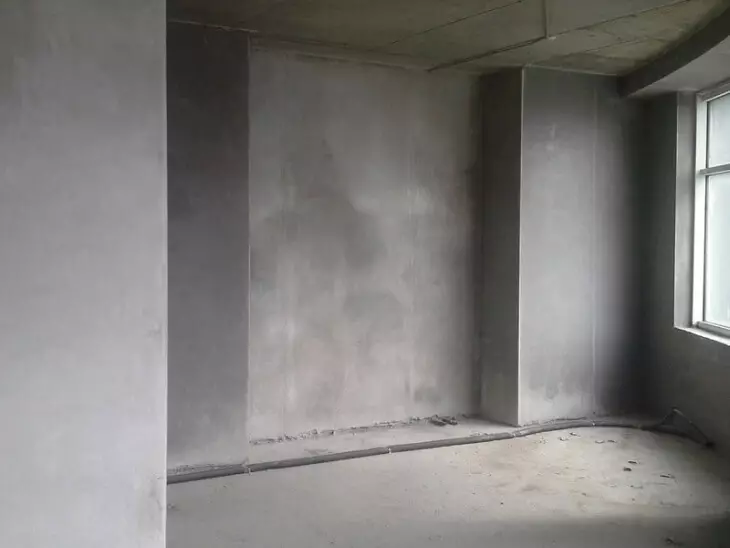
At the moment, the construction market is overflowing with products with the help of plastered walls
Features
The layer of plaster carries not only aesthetic, but also a sanitary role. The application of the mixture involves the alignment of the walls along with the protection of the surface from various damage. In addition, the thermal conductivity of cement-sand plaster for external work has good indicators.
Cement plaster has two subspecies:
- Cement-sand mixture
- Cement-lime
As it is already clear, these subspecies differ in the composition. In the first case, the composition of the mixture is classical ingredients, and in the second, the presence of lime.
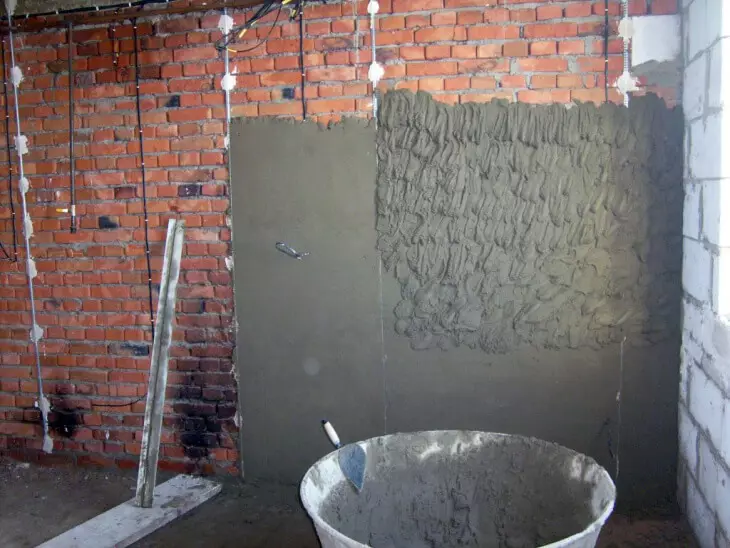
The application of the mixture involves the alignment of the walls along with the protection of the surface from various damage
Important! Cement plastering with a neutralizing solution is simply necessary for plastered surfaces. In addition, it extends its service life, it also protects the fine-grained surface of the wall from the occurrence of fungus. Drawing with your own hands only after the plaster is completely dry.
Plastering hides the wall defects and prepares it to the finish finish. The layer of plastering to everything is also a good basis for any facing materials. If the walls are planned to be painted, the plaster of the walls of cement-sandy solution is a mandatory process. The composition of the mixture depends on the purposes for which the material is used, and the proportions and preparation from the brand of the binder component. The mixture is possible to add various additives that improve the technical characteristics and even give the mixture new properties. For example, a plasticizer is used for the plasticity of the material.
Article on the topic: Frameless furniture with your own hands: Frameless sofa
Plastering hides the wall defects and prepares it to the finish finish. The layer of plastering to everything is also a good basis for any facing materials. If the walls are planned to be painted, the plaster of the walls of cement-sandy solution is a mandatory process. The composition of the mixture depends on the purposes for which the material is used, and the proportions and preparation from the brand of the binder component. The mixture is possible to add various additives that improve the technical characteristics and even give the mixture new properties. For example, a plasticizer is used for the plasticity of the material.
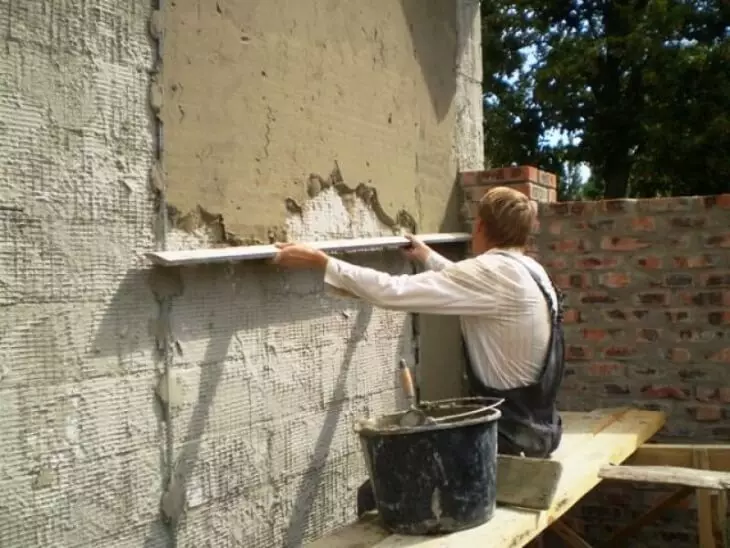
Plastering hides the defects of the wall and prepares it to the finish finish
Composition and use of plasticizers
Cement-sandy solution is a classic plaster. Its composition is very simple and, moreover, its application on the surface will not be difficult, having even minimal skills can be placed in the cement-sand component with their own hands.
The composition has such basic elements:
- Cement
- Sand - Use peeled sand for high-quality cooking. Career or boron sand is considered the best in order to make cement-sandy solution
- Water
Such a simple composition with drying solidifies and allows you to make the surface even and smooth. If the proportions are complied with correctly, and the application occurs in all technologies, the service life of the material will be not one decade. It is not afraid of frost and moisture, which is why applying is possible in outdoor work. Having good thermal conductivity indicators, it is often the final facade finish of the house. The existing composition often add certain impurities that improve the properties of cement-sand material.
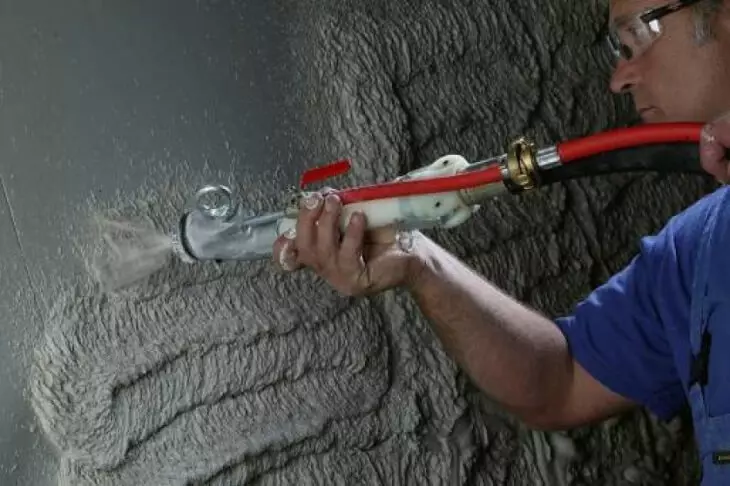
Cement-sandy solution is a classic plaster
But to make a solution more plastic and sturdy plasticizer use. The plasticizer itself is a chemical substance, with the use of which the proportion changes and the consumption of binding cement and water decreases. With the use of a plasticizer, it becomes easier to plant it, and the density after frozen is only increasing. Due to the various compositions, plasticizers can improve the properties of plaster - make it more frost-resistant, durable and eliminate the occurrence of verbs.
The cement plasticizer can be divided into such:
- According to the principle of action
- According to action
Important! Plasticizers can be powdered and liquid. If a plasticizer is used in the form of a powder, then for starters it is necessary to dissolve in the required proportion with water and then add to the solution.
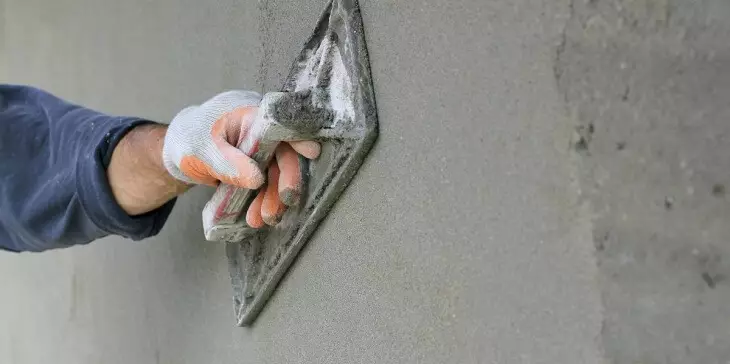
The plaster Axton is easily mixed and applied to the surface even by the machine method
Article on the topic: how to make a chimney for a gas boiler
One of the in-demand and high-quality mixtures can be called Axton. It is moisture-resistant and applied to apply and aligning walls with their own hands both inside the house and for the outer facade. The Axton plaster is easily mixed and applied to the surface even by the machine method. The minimum layer of solution of 5 mm - at 10 mm layer dries the day. It is important to use a properly mixed mixture of Axton for three hours.
Polymer-cement plaster is used mainly for outdoor work as finishing facing. However, it can be treated with walls and inside the house.
Opinions about the thermal conductivity of clay plasters are sweeping. Everyone is told personally from their experience, but it is necessary to know that such material as clay has a good thermal conductivity. In addition, the solution is possible to add various fillers, which significantly improve existing indicators.
Table of proportions of solution
How much the cement-sand mixture for the walls depends on the characteristics of the material used. Cement material is separated by heavy and easy plaster, it depends on the density of the material. If the density is over 1500 kg / cube. m, it is a heavy solution that has good strength, frost resistance and thermal conductivity. But light solutions due to the large amount of the pores filled with air, they have the worst thermal conductivity indicators, they are durable, but they are afraid of high temperatures.
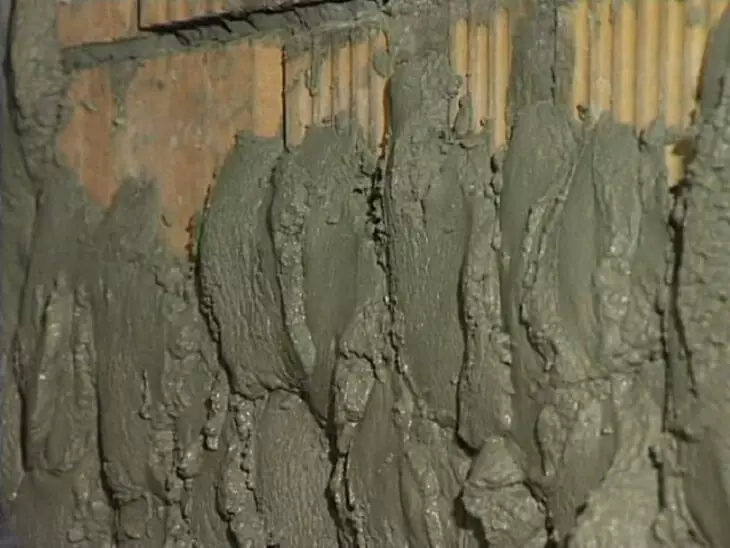
How much is the cement-sand mixture for the walls depends on the characteristics of the material used
| Solution | Structure | Proportions of components for layer | ||
| spray | Soil | Cutting | ||
| Lime | Lime dough and sand | 1: (2.5-4) | 1: (2-3) | 1: (1-2) |
| Cement-sandy | Cement with sand | 1: (2.5-4) | 1: (2-3) | 1: (1-1.5) |
| Clay | Clay and sand | 1: (3-5) | 1: (3-5) | 1: (3-5) |
| Cement-limestone | Cement + Lime Dough + Sand | 1: (0.3-, 05): (3-5) | 1: (0.7-1): (2.5-45) | 1: (1-1,5): (1.5-2) |
| Lime-gypsum | Lime Dough + Gypsum + Sand | 1: (0.3-1): (2-3) | 1: (0.5-1,5): (1.5-2) | 1: (1-1,5): 0 |
| Lime-clay | Lime Dough + Clay + Sand | 0.2 - 1: (3-5) | 0.2 - 1: (3-5) | 0.2 - 1: (3-5) |
| Cement-clay | Cement, clay and sand | 1: 4: 12 | 1: 4: 12 | 1: 4: 12 |
Article on the topic: Crafts from autumn maple leaves with their own hands (44 photos)
Cement-sand plaster is made to breed in proportions 1: 3, but they may change from the brand of concrete. For example, for M400 proportions will reach 1: 8, but for M200 - 1: 4. If lime will be applied, then it is necessary to consider the fatness of lime. The strength of this material is improved with the addition of cement in the proportion of 1 kg per 10 kg of the mixture.
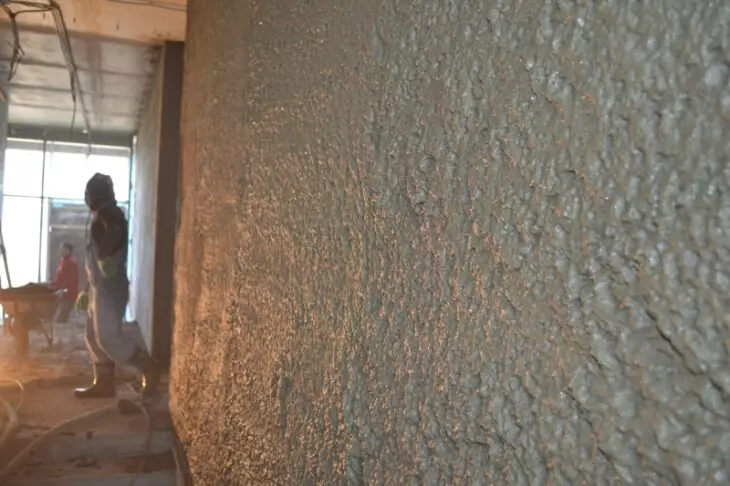
Cement material is divided into heavy and lightweight plaster, it depends on the density of the material
How much dry cement-sand plaster
Watching the surface with your own hands is the very first stage of the entire decoration of the room. Therefore, everyone wants to know how much a plaster layer will dry. Do not forget that a layer of cement-sand plaster dries different amounts of time on each surface. Therefore, we will analyze how much a layer will dry out on certain surfaces.
Important! At the optimal temperature of + 15- + 25 degrees, when a layer of 2 cm, and the humidity in the room is about 75 percent to dry the plaster will be about 12-14 hours. But for confidence, it is better to let dry the mixtures of one day.
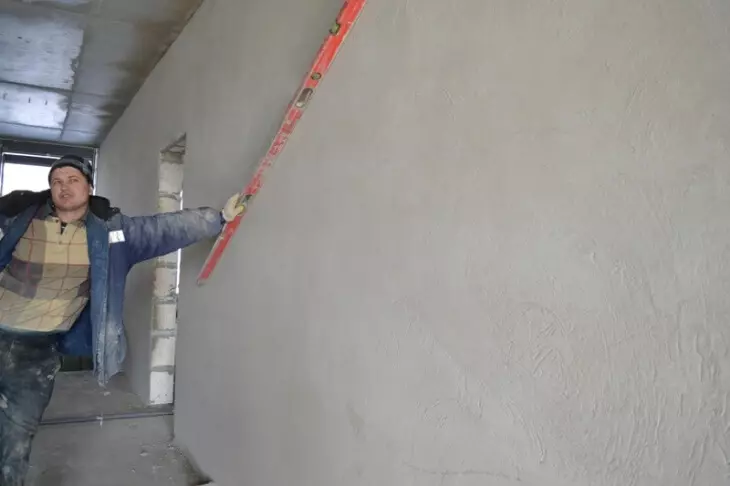
Watching the surface with your own hands is the very first stage of the entire room decoration.
On wooden surfaces, subject to the above rules, the usual plaster dries the same amount of time. And by the way, with an increase in the thickness of the layer twice, the drying time will increase only by 35-40%. If it is interesting how much such a cement-sandy layer dries on a concrete wall, then everything happens longer - the time of complete drying increases in proportion to the increase in the layer thickness.
If plasterboard plasterboard is made, then the question is how time it is necessary to dry the 2 centimeter layer, the answer is simple: approximately 8-9 hours, as the smooth and dry surfaces are faster than the dryer. Do not use the construction dryers to accelerate the process - this will not so much accelerate the process as the cement-sandy crack solution.
